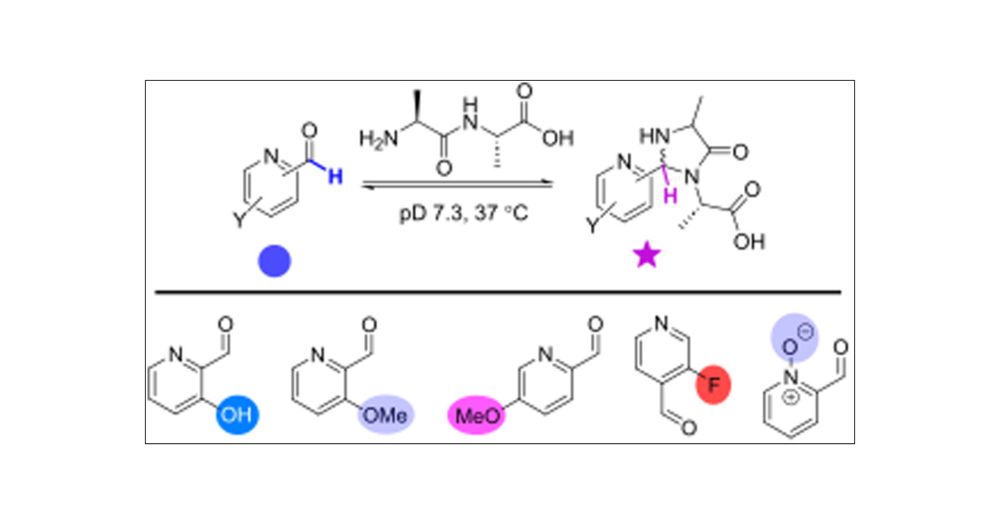
See you there!

See you there!

The use of a Claisen-Sakurai reaction in a one-pot sequence provides highly substituted cyclopentenols in high stereoselectivity.

The use of a Claisen-Sakurai reaction in a one-pot sequence provides highly substituted cyclopentenols in high stereoselectivity.
is out in JACS Au! We wanted better reagents for selectively labelling protein N-termini, so looked at how functionalisation affected each step of the complex equilibrium, leading to faster and more stable probes.
pubs.acs.org/doi/10.1021/...

is out in JACS Au! We wanted better reagents for selectively labelling protein N-termini, so looked at how functionalisation affected each step of the complex equilibrium, leading to faster and more stable probes.
pubs.acs.org/doi/10.1021/...

